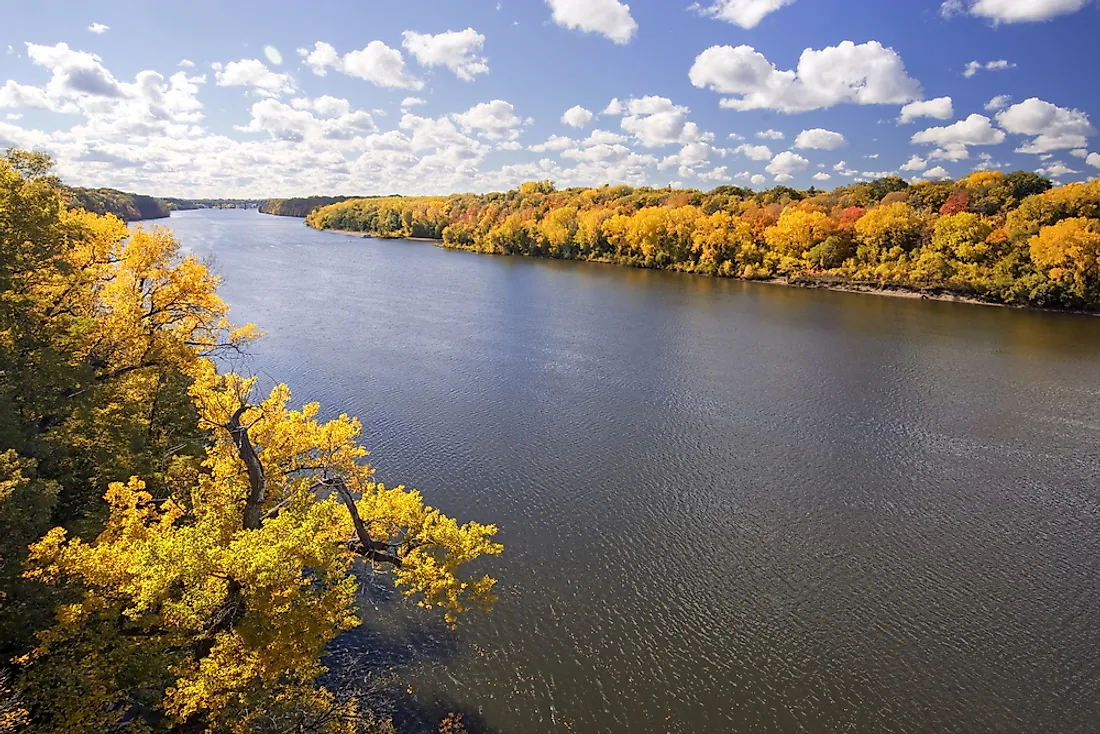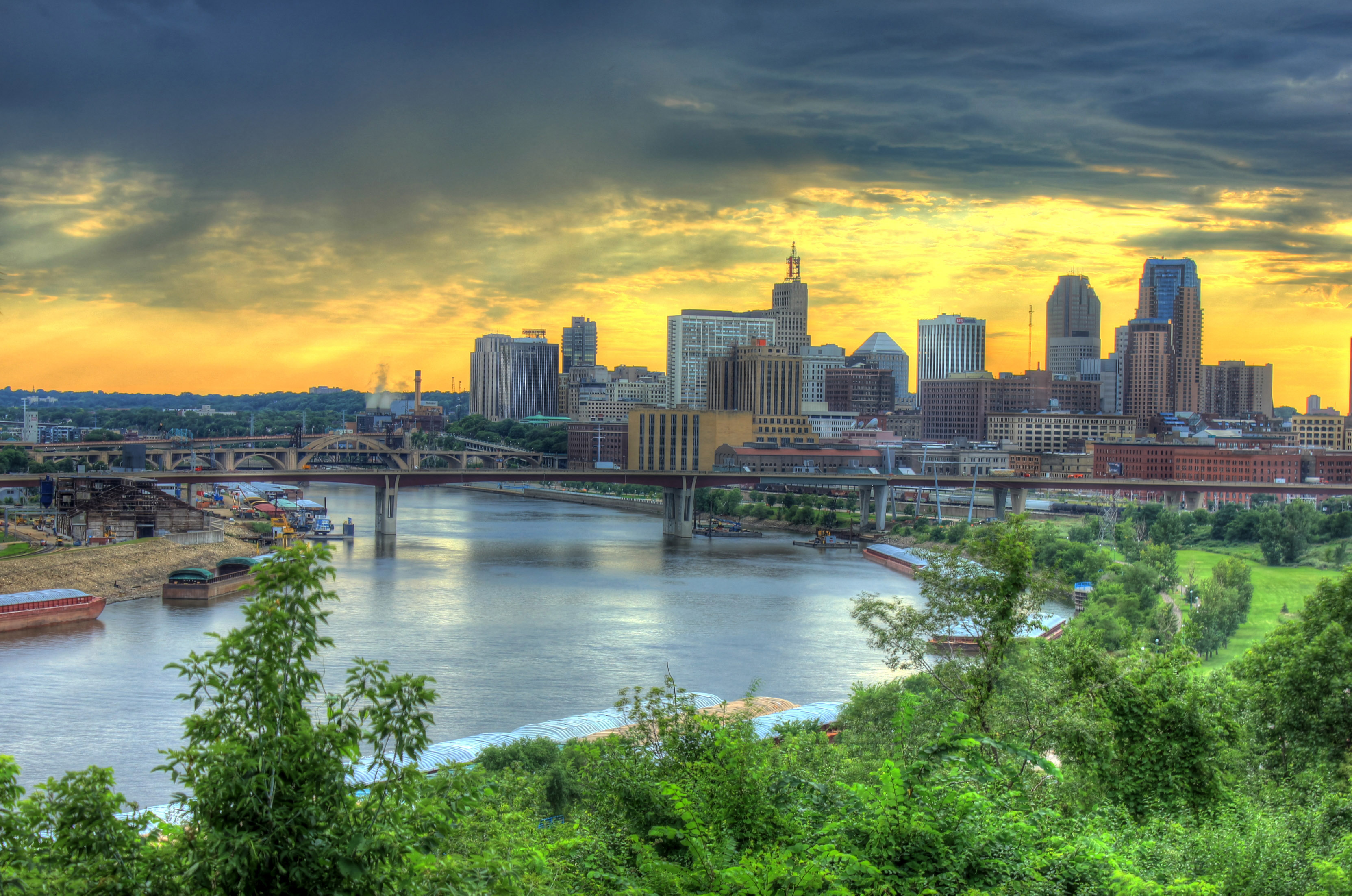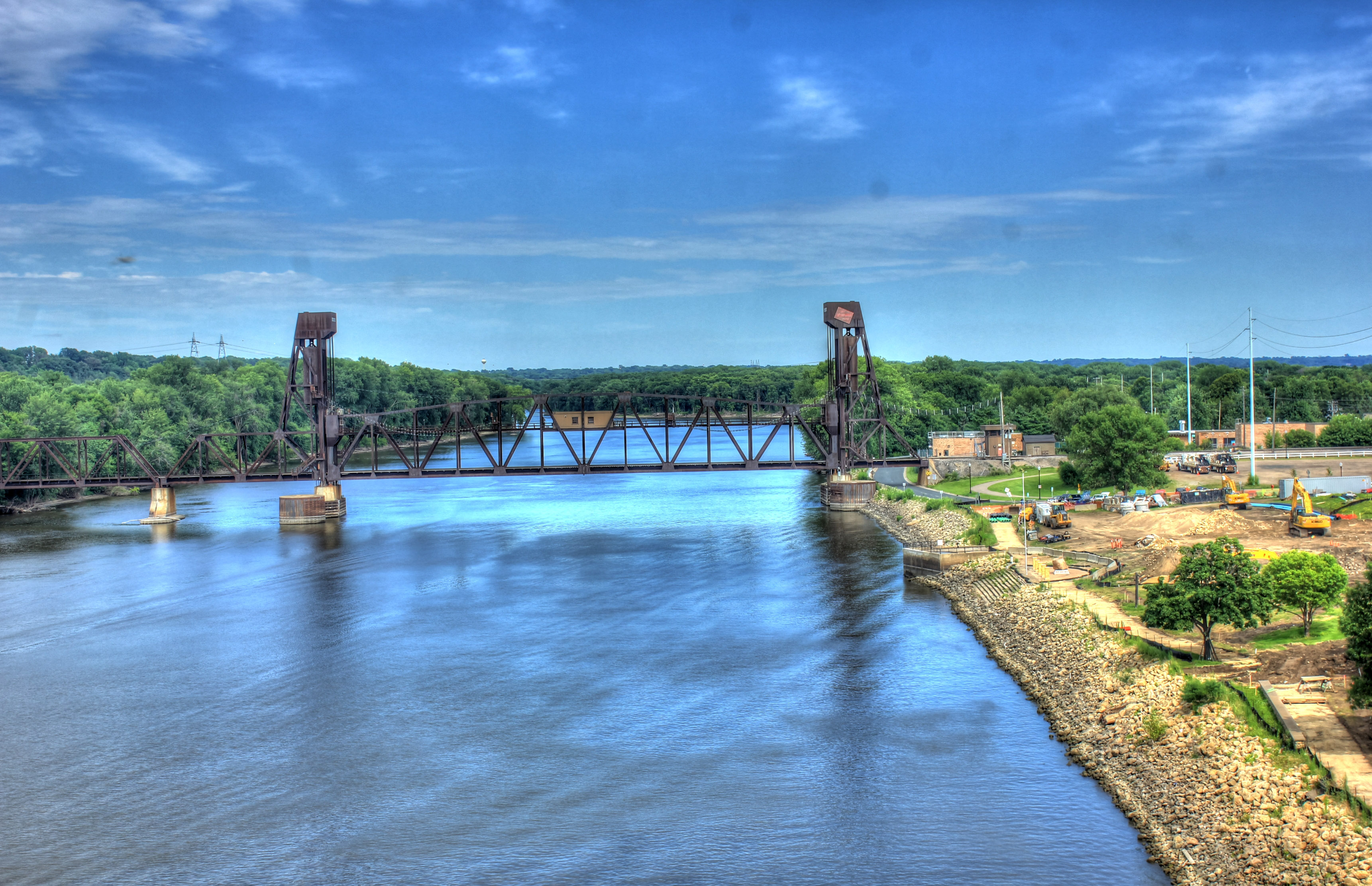Minnesota River’s Geographic Significance

The Minnesota River, spanning 332 miles, is the largest tributary of the Mississippi River. Its course begins at Big Stone Lake on the border of Minnesota and South Dakota and winds through the heart of Minnesota before joining the Mississippi at Fort Snelling. Along its journey, the Minnesota River gathers water from numerous tributaries, including the Blue Earth, Cottonwood, and Chippewa Rivers, creating a vast watershed that encompasses much of southern Minnesota.
The Minnesota River, a vibrant waterway meandering through the heartland, bears witness to the intricate dance between nature and human intervention. Its waters have been harnessed by dams, structures designed to tame its flow. Yet, as history has shown, even the most meticulously engineered barriers can succumb to the relentless forces of nature.
The specter of dam failure looms over the river, a stark reminder of the delicate balance between progress and peril.
The Minnesota River has played a pivotal role in shaping the landscape of Minnesota. Its meandering course has carved out deep valleys and created fertile floodplains that have supported agriculture for centuries. The river’s flow has also influenced the distribution of plant and animal life, creating diverse ecosystems along its banks.
The Minnesota River, a lifeline for many communities, has witnessed a tumultuous past. In 1998, the Mankato Dam failure devastated the region , causing widespread flooding and leaving an indelible mark on the river’s history. Yet, the river persevered, continuing its journey through the landscape, carrying stories of both resilience and transformation.
The Minnesota River as a Natural Boundary and Transportation Route
Throughout history, the Minnesota River has served as a natural boundary between different regions of Minnesota. In the 19th century, it marked the dividing line between the Dakota Territory and the Minnesota Territory. Today, the river continues to separate the metropolitan area of the Twin Cities from the more rural areas of southern Minnesota.
The Minnesota River, a meandering waterway, flows through the heart of Minnesota. Along its course lies the rapidan dam in minnesota , a testament to human ingenuity and the river’s immense power. As the river continues its journey, it nourishes the land and connects communities, carrying the legacy of the rapidan dam in minnesota within its depths.
The Minnesota River has also been an important transportation route for centuries. Native Americans used the river for travel and trade, and European explorers followed in their footsteps. In the 19th century, steamboats plied the river, transporting goods and people between St. Paul and the upper Midwest. Today, the river is still used for recreational boating and fishing.
Historical and Cultural Impact of the Minnesota River

The Minnesota River has played a pivotal role in shaping the history and culture of the region. Its banks have witnessed the rise and fall of civilizations, from the ancient Native American tribes to the European explorers and settlers who followed.
The river served as a vital transportation route for Native American tribes, who used it to trade goods, travel, and conduct ceremonies. The Dakota people, who inhabited the area around the river, considered it a sacred waterway and believed it to be the home of the Great Spirit.
The arrival of European explorers in the 17th century marked a new chapter in the river’s history. French fur traders established trading posts along its banks, and the river became a major artery for the fur trade. Later, American settlers used the river to transport goods and people westward, and it played a significant role in the settlement of the Midwest.
Today, the Minnesota River is a popular destination for recreation and tourism. Its banks are lined with parks, trails, and historic sites that tell the story of the river’s rich past.
Native American Significance
The Minnesota River was a vital resource for Native American tribes who lived in the region. They relied on the river for food, transportation, and spiritual ceremonies. The Dakota people, who inhabited the area around the river, considered it a sacred waterway and believed it to be the home of the Great Spirit. They established villages along the river’s banks and used it to travel, trade, and fish.
European Exploration and Settlement, Minnesota river
The arrival of European explorers in the 17th century marked a new chapter in the river’s history. French fur traders established trading posts along its banks, and the river became a major artery for the fur trade. Later, American settlers used the river to transport goods and people westward, and it played a significant role in the settlement of the Midwest.
Cultural and Historical Landmarks
The Minnesota River is home to a number of cultural and historical landmarks. These include the Fort Snelling State Park, which was once a major military outpost; the Mendota Historic District, which is home to a number of historic buildings; and the Dakota County Historical Society, which has a collection of artifacts and documents that tell the story of the river’s past.
Environmental and Recreational Value of the Minnesota River

The Minnesota River is a vital ecosystem that supports a diverse range of flora and fauna. The river’s floodplain forests, wetlands, and prairies provide habitat for numerous species of birds, mammals, reptiles, amphibians, and fish. The river also serves as an important migratory corridor for waterfowl and other birds.
The Minnesota River is a popular destination for fishing, boating, and other recreational activities. The river is home to a variety of fish species, including walleye, northern pike, bass, and catfish. The river is also used for kayaking, canoeing, and tubing.
Conservation efforts are underway to protect the Minnesota River’s environment. These efforts include restoring wetlands, planting native vegetation, and reducing pollution. However, the river faces a number of challenges, including agricultural runoff, urban development, and climate change.
Fishing
The Minnesota River is a popular destination for fishing. The river is home to a variety of fish species, including walleye, northern pike, bass, and catfish. Anglers can fish from shore, from a boat, or from a kayak.
Boating
The Minnesota River is also a popular destination for boating. The river is wide and slow-moving, making it ideal for kayaking, canoeing, and tubing. Boaters can enjoy the river’s scenery, wildlife, and fishing.
Conservation Challenges
The Minnesota River faces a number of conservation challenges, including agricultural runoff, urban development, and climate change. Agricultural runoff can pollute the river with nutrients and pesticides. Urban development can lead to habitat loss and fragmentation. Climate change can alter the river’s flow patterns and increase the frequency of flooding.
The Minnesota River, a lifeline meandering through the heart of Minnesota, traces its path from Big Stone Lake to the Mississippi River. Along its banks, a vibrant tapestry of towns and cities unfolds, each with its unique charm. One such gem is Mankato, Minnesota , a thriving hub brimming with history, culture, and natural beauty.
As the river continues its journey, it weaves its way through rolling hills, lush meadows, and bustling urban centers, a constant companion to the ever-changing landscape of Minnesota.
The Minnesota River, a meandering waterway that weaves through the heart of the Midwest, holds a captivating story. For local updates on its ever-changing currents and the vibrant communities it touches, tune in to KEYC News. From flooding forecasts to conservation efforts, their dedicated team brings the river’s tale to life, connecting us to the pulse of this enigmatic waterway.